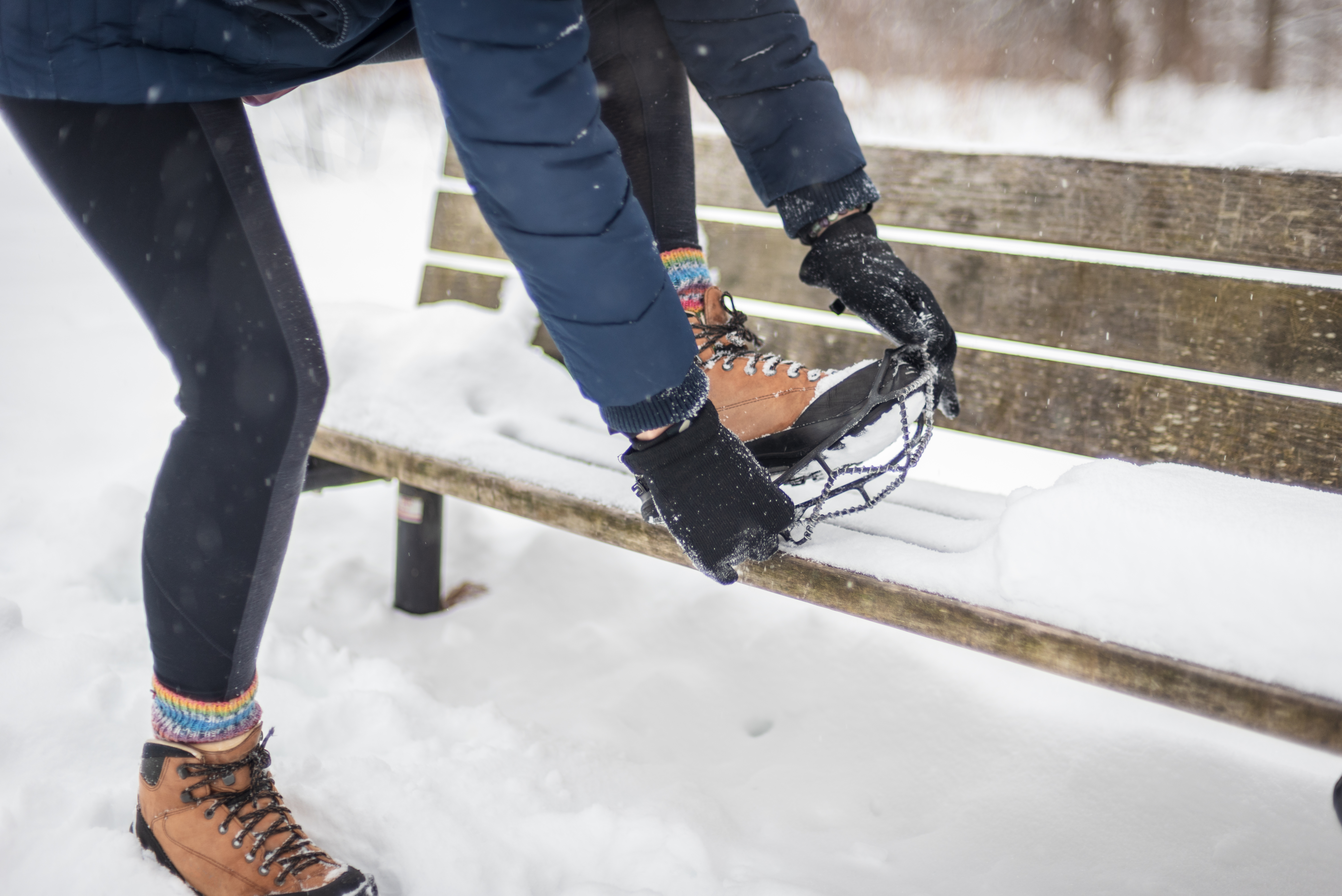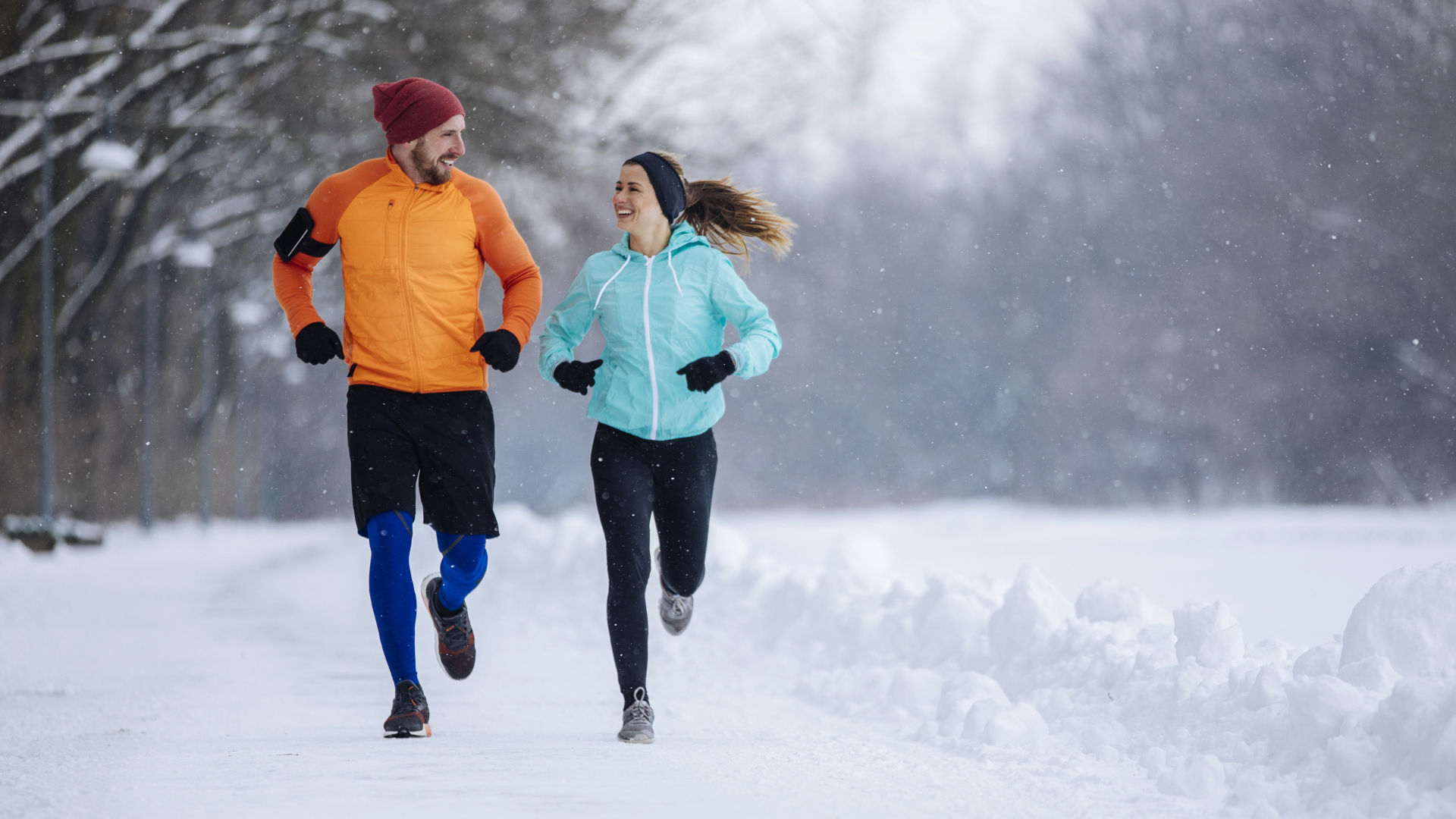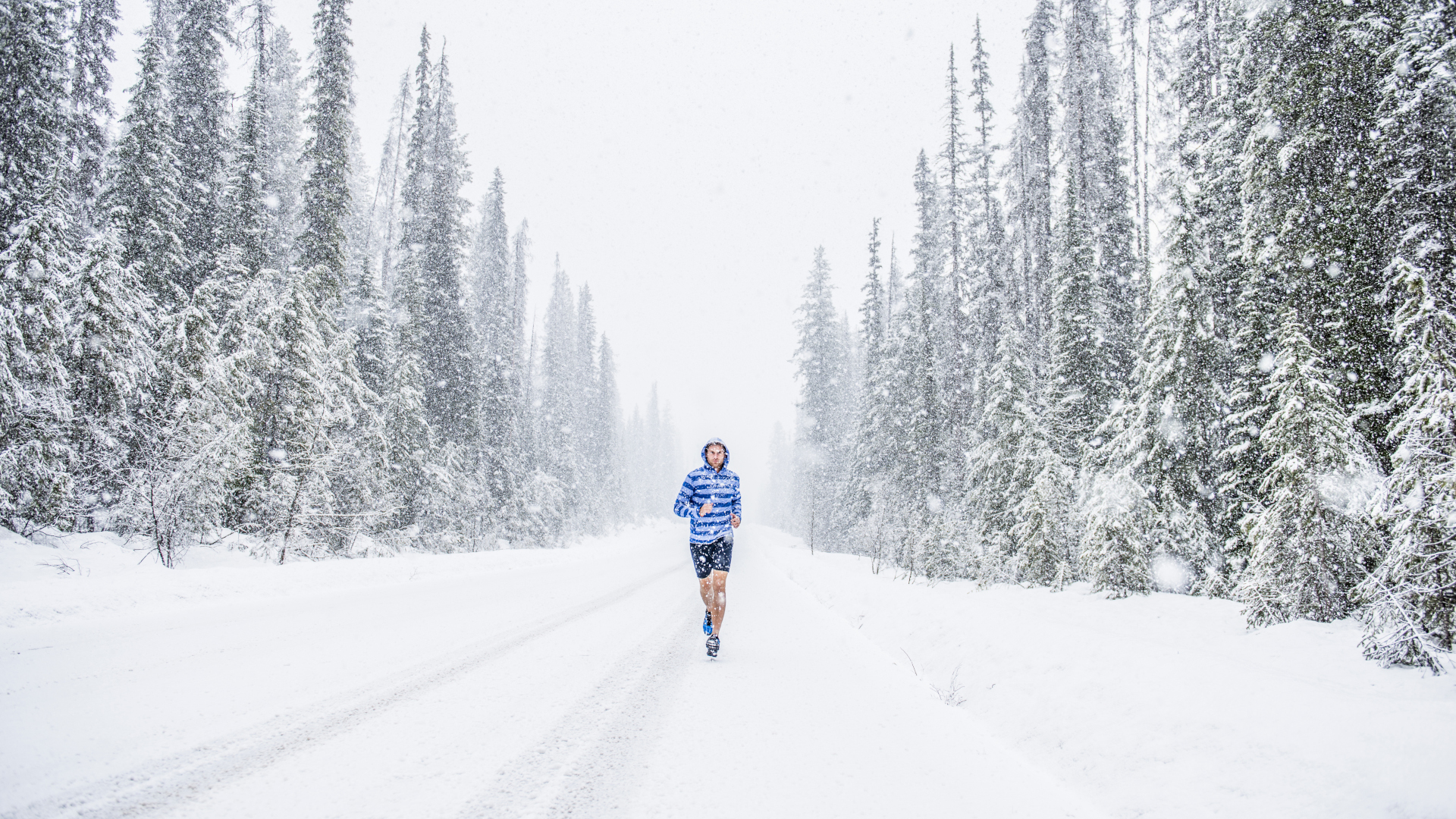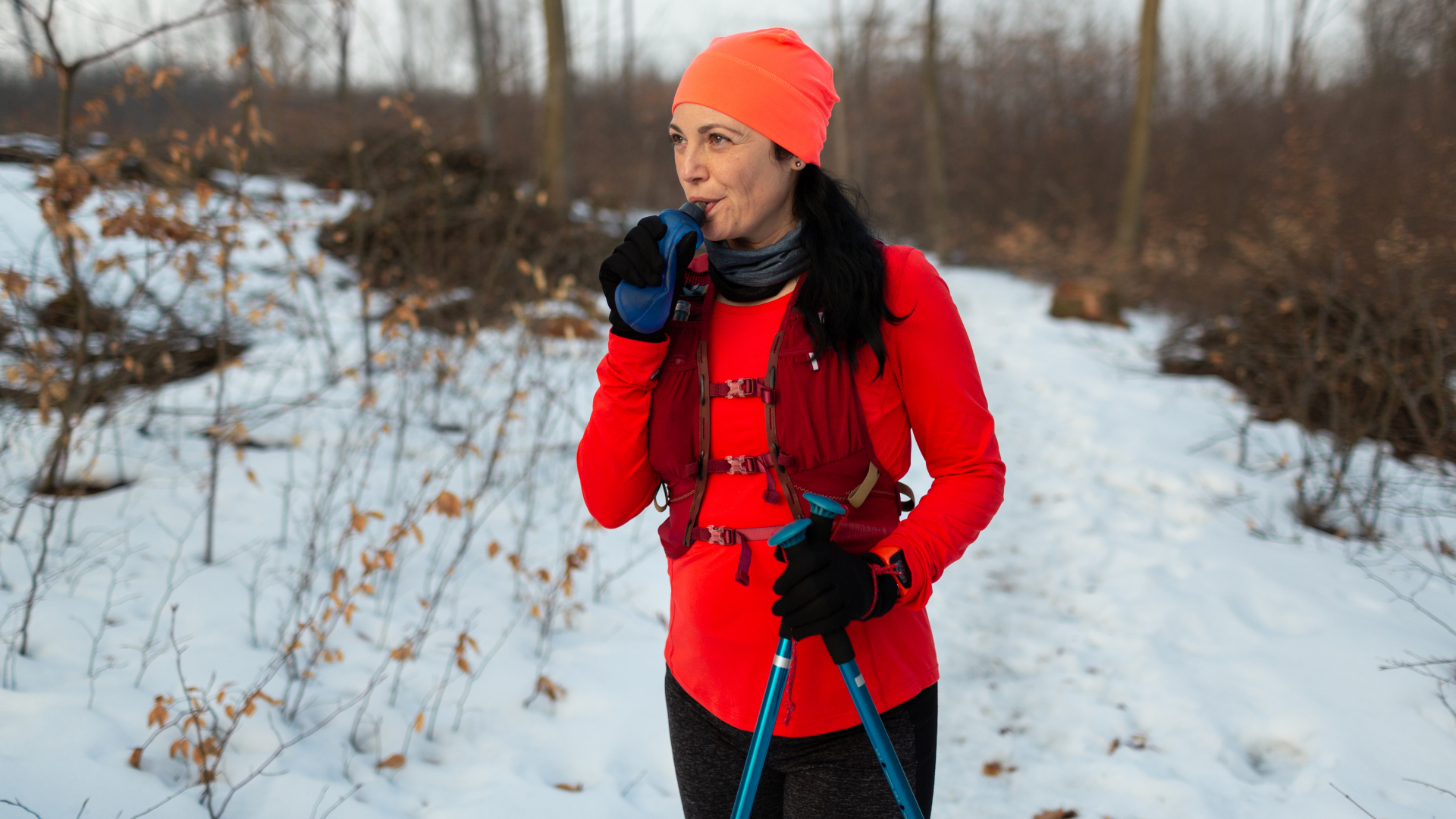The 12 types of Yaktrax – which is best for frozen pursuits?
We walk you through the different types of Yaktrax to help you choose the best kind for your winter escapades

The moment those overnight lows fall below freezing for more than a single night, it becomes clear that neither your best hiking boots or trail running shoes are going to cut it if you want to keep moving and not break anything. If you don’t want to end up as a viral meme trying to scramble your way up an icy slope, you’d best get some winter traction devices on your feet, and quick. Yaktrax is named for the nimble Tibetan Yak that saunter with ease over ice and snow, and for over 20 years has been providing two-legged walkers with grip against slick conditions.
The initial Yaktrax design entailed steel coils on a stretchy rubber upper that you can pull on over your winter footwear, but these days they’ve exploded into a profusion of different designs and styles meant for a variety of uses, from nipping to the grocery store on a frosty morning to mountaineering. In this article, we walk you through the different types of Yaktrax to help you choose the best kind for your winter escapades. We recommend you read through each type of Yaktrax are there are subtle differences that can make one design miles better than another for different conditions, terrain and activities.

QuikTrax
The cheapest and simplest model of Yaktrax on the market, QuikTrax basically looks like a wide rubber band with two spikes. These can be thrown on over your forefoot to give you a little extra grip in slick conditions. They won’t provide the aggressive traction of a lot of more expensive models, but at less than two ounces in weight and around $10 in cost, you could easily throw them in your backpack for shoulder season hikes when you’re not sure what to expect conditions-wise, for thru-hikes where you might be finishing in a different season from the one you started, or keep them in your purse or pocket for getting around town in winter.
Spikes Traction Device
The Spikes model is primarily intended for walking on tarmac and concrete surfaces that are ice-covered, so choose these if your winter adventures are of the urban variety. These feature seven carbide spikes in place of coils and a velcro strap for a snugger fit and are recommended for getting around town when icy conditions hit.
Walk Traction Device
These are probably what comes to mind when you think of Yaktrax – lightweight rubber and steel grips that you can pull on over basically any shoe or boot that will provide some grip on packed snow or mixed, slushy surfaces. For a simple winter walk along a flattish trail with packed snow, or even just getting around town in a blizzard, these will keep you upright for about $25. Take good care of them and they should last you a few seasons.
Pro Traction Device
In essence the Pro is similar to the Walk cleat, with the exception that the coils are ever so slightly bigger (1.4mm compared to 1.2mm) and they feature a velcro strap across the top of your foot. If you’ve ever tried hiking uphill in Yaktrax Walk, you’ll know that they can slip off your shoes which gets annoying. The velcro strap helps hold them in place, and for inclines is worth the extra $10.

Run Traction Device
If your adventures tend to be of the fast-paced variety, Yaktrax Walk honestly might not cut it (though they’re better than just going out in your running shoes). Yaktrax Run adds 3mm steel spikes in the toe to help you navigate icy conditions and push off, plus coils in the heel to soften your landing.
All the latest inspiration, tips and guides to help you plan your next Advnture!
Traverse Traction Device
Yaktrax calls this design their all-purpose footwear and it seems to be their answer to Microspikes. While classic Yaktrax don’t provide enough bite on ice surfaces, the Traverse has low-profile spikes meaning you can walk, or even run, over ice or mixed conditions. They’re still lightweight and fit over most footwear such as hiking shoes and boots, and work best on flat or rolling terrain.

Summit Traction Device
If you're planning on climbing steeper slopes, then a step up from the Traverse is the Summit. These burlier Yaktrax are the most expensive model at around $100 and feature slightly bigger spikes (⅜”) and are good for a packed snow or icy slope where a crampon would be overkill.
Diamond Grip Traction Device
The name of these definitely implies a certain number of stars but at $55, these are mid-range and intended for winter expeditions. Instead of coils or spikes, the “Diamond Grip” is created by two circles of hardened steel “beads” that have biting edges to provide grip in all directions, making them great for walking in softer snow as well as on ice. The beads are designed to swivel under foot, which helps avoid snow buildup, which can be a nuisance with coils. When deciding between these or the Summit design, it’s best to figure out if you’re looking at mainly icy surfaces, in which case you’ll want the bite of spikes, or mixed conditions and possibly even some tarmac, in which case you’ll want the versatility of the Diamond Grip.
Ascent Traction Device
The Ascent looks a bit like a hybrid between Yaktrax and crampons, and is specifically designed for backcountry excursions, so if you’re looking for something to get you around town or on gentle trails in the winter, there’s no need to drop $75 on these. For that price, you’ll get a pretty rugged device with half inch spikes. These fit over your winter hiking boots and will definitely provide good traction in the backcountry. However, while they’re designed to last several seasons, they’re not as burly as crampons, so if it’s crampons you really need, you’ll want to spend a bit more.

Chains Traction Device
Spikes are a pain on tarmac and coils can be slippery on ice, so you might be looking for something with chains that look a bit like the ones you put on your car tires to drive in the Rockies in winter. The chains are designed in a ladder formation to provide grip on snow and ice, and while these will fit over a variety of footwear, without a velcro strap they are better suited for day-to-day use and occupational activities than hiking.
Work Traction Device
If you work outside in winter, you will need something more versatile, and this seems to be the inspiration behind the Work Traction Device. Since you’ll likely be wearing these day after day and not for the odd hike, these feature removable spikes for days when it’s really icy (take them off if you’re working on tarmac) plus coils for a bit of grip in mixed, slushy and packed snow conditions. These will fit over work boots as well as lower profile shoes.
Not finding what you need?
If none of these styles seem to suit your needs, check out our article on Yaktrax vs Microspikes to discover if you need a better bite. For serious winter mountaineering, you might actually want a pair of the best crampons instead, and for deep snow, you’ll want the flotation of snowshoes.
- Best hiking boots: tough footwear for comfort and stability on all terrain
Julia Clarke is a staff writer for Advnture.com and the author of the book Restorative Yoga for Beginners. She loves to explore mountains on foot, bike, skis and belay and then recover on the the yoga mat. Julia graduated with a degree in journalism in 2004 and spent eight years working as a radio presenter in Kansas City, Vermont, Boston and New York City before discovering the joys of the Rocky Mountains. She then detoured west to Colorado and enjoyed 11 years teaching yoga in Vail before returning to her hometown of Glasgow, Scotland in 2020 to focus on family and writing.

